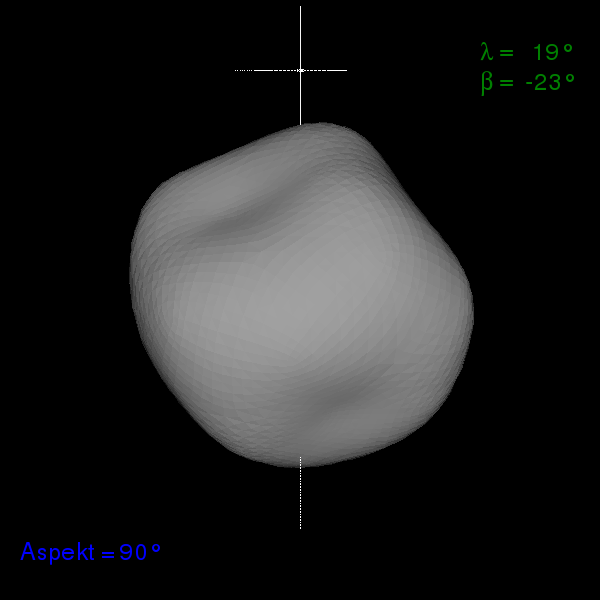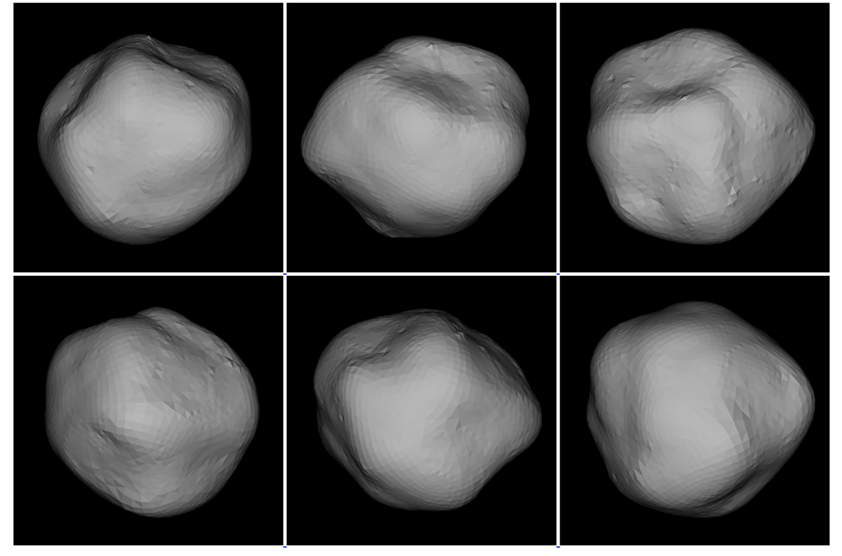ODAA1
Professional-Amateur collaborations in small bodies, terrestrial and giant planets, exoplanets, and ground-based support of space missions
Convener:
Marc Delcroix
|
Co-conveners:
Günther Wuchterl,
Filip Walter,
Edyta Podlewska-Gaca,
Ricardo Hueso,
Florence Libotte,
John Rogers
Hundreds of regular observers are sharing their work providing very valuable data to professional astronomers. This is very valuable at a time when professional astronomers face increasing competition accessing observational resources. Additionally, networks of amateur observers can react at very short notice when triggered by a new event occurring on a solar system object requiring observations, or can contribute to a global observation campaign along with professional telescopes.
Moreover, some experienced amateur astronomers use advanced methods for analysing their data meeting the requirements of professional researchers, thereby facilitating regular and close collaboration with professionals. Often this leads to publication of results in peer-reviewed scientific journals. Examples include planetary meteorology of Jupiter, Saturn, Neptune or Venus; meteoroid or bolide impacts on Jupiter; asteroid studies, cometary or exoplanet research.
Space missions also sollicitate amateur astronomers support. For example, to understand the atmospheric dynamics of the planet at the time of Juno flybys, NASA collaborates with amateur astronomers observing the Giant Planet. It showcases an exciting opportunity for amateurs to provide an unique dataset that is used to plan the high-resolution observations from JunoCam and that advances our knowledge of the Giant planet Jupiter. Contribution of amateurs range from their own images to Junocam images processing and support on selecting by vote the feature to be observed during the flybys. Other probes like Ariel or Lucy sollicitate amateur astronomers observation to support exoplanets and small bodies science.
This session will showcase results from amateur astronomers, working either by themselves or in collaboration with members of the professional community. In addition, members from both communities will be invited to share their experiences of pro-am partnerships and offer suggestions on how these should evolve in the future.
Session assets
Introduction
Terrestrial and Giant Planets
08:30–08:40
|
EPSC2024-25
|
On-site presentation
08:40–08:50
|
EPSC2024-134
|
On-site presentation
08:50–09:00
|
EPSC2024-160
|
Virtual presentation
09:00–09:10
|
EPSC2024-1178
|
On-site presentation
09:10–09:15
Q&A
Small Bodies
09:15–09:25
|
EPSC2024-1041
|
On-site presentation
09:25–09:35
|
EPSC2024-591
|
On-site presentation
09:35–09:37
Q&A
Exoplanets
09:37–09:47
|
EPSC2024-275
|
On-site presentation
09:47–09:57
|
EPSC2024-266
|
On-site presentation
09:57–10:00
Q&A
I34
|
EPSC2024-362
|
On-site presentation
I36
|
EPSC2024-340
|
ECP
|
On-site presentation
I37
|
EPSC2024-702
|
On-site presentation
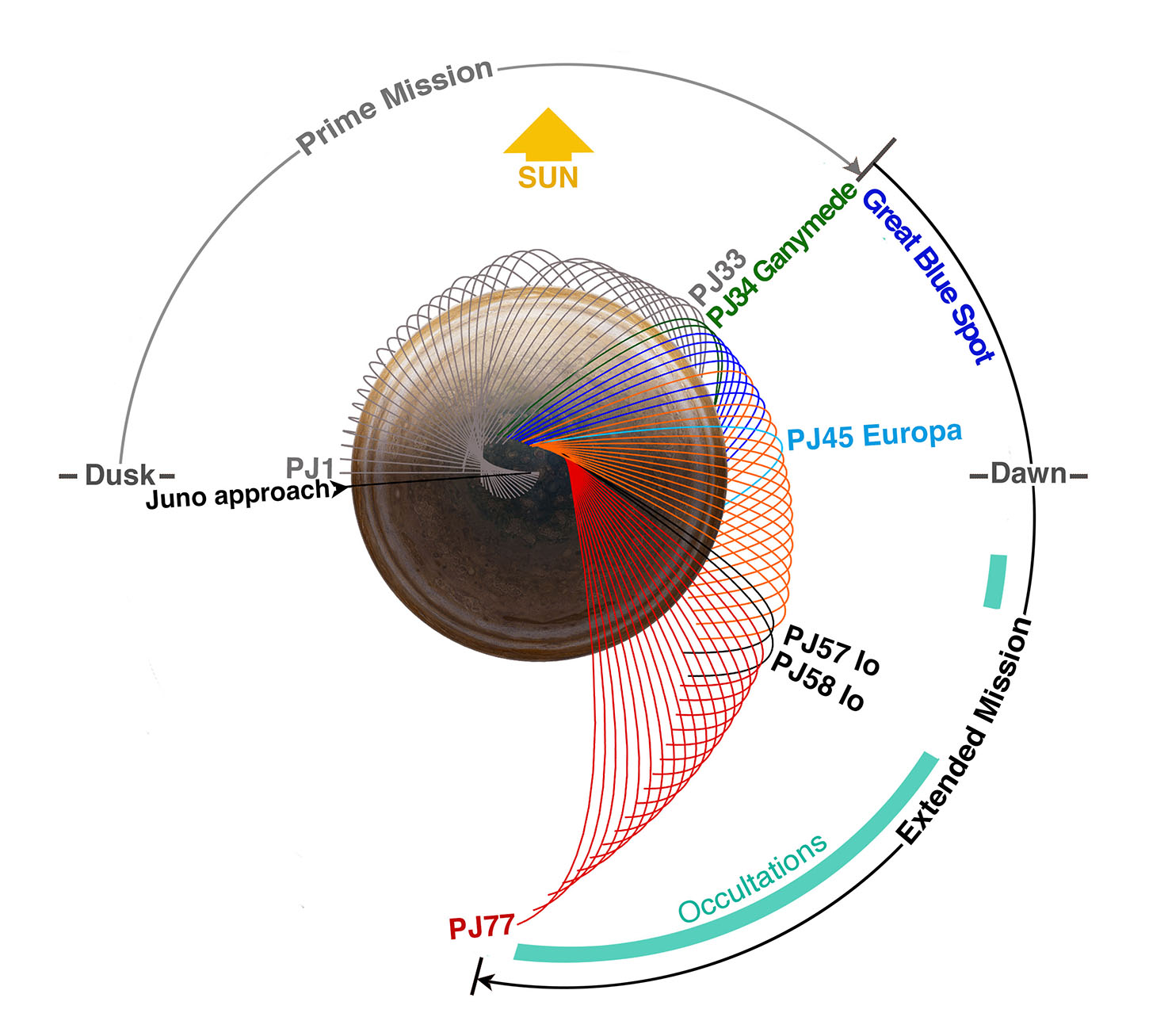
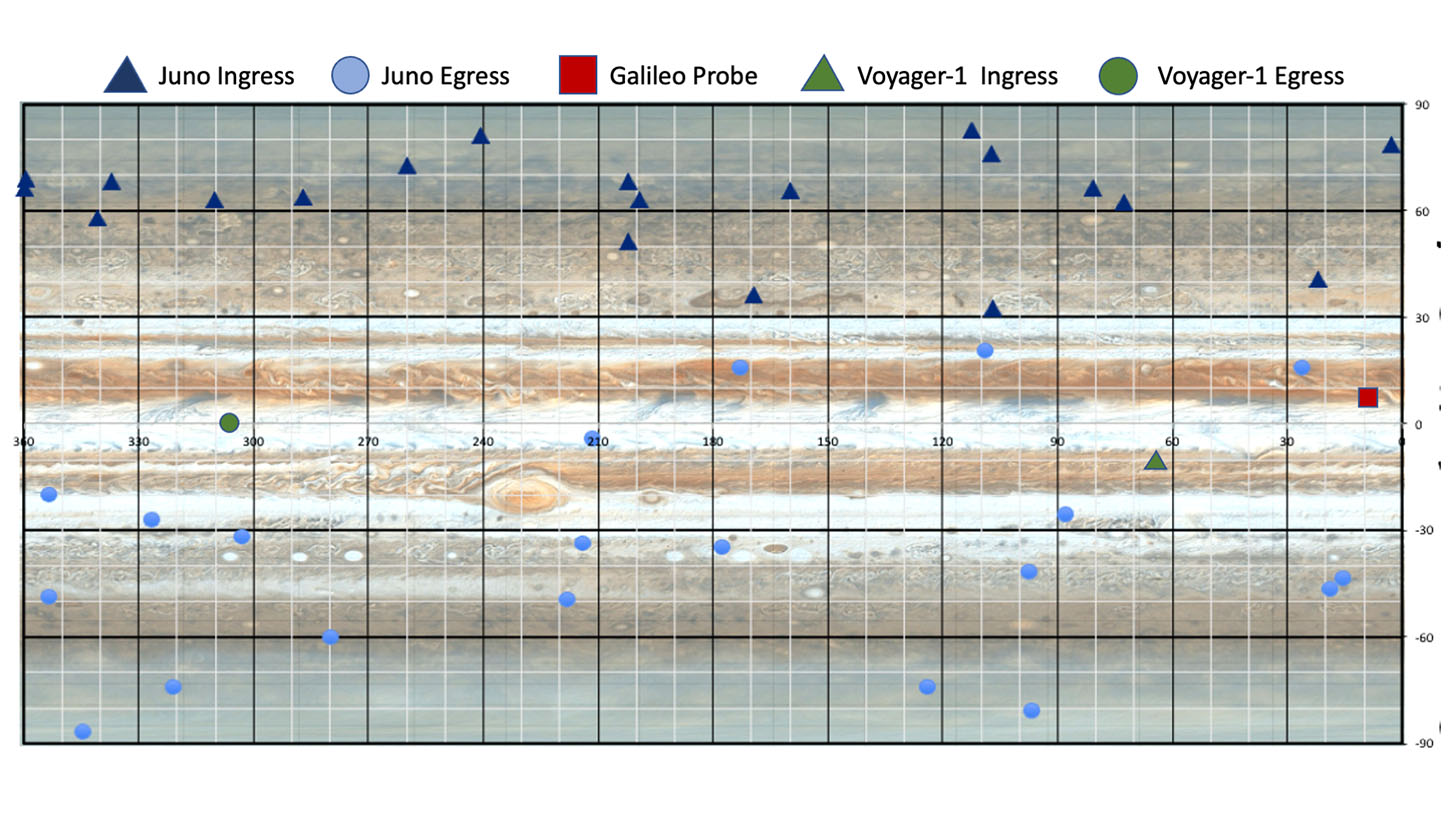
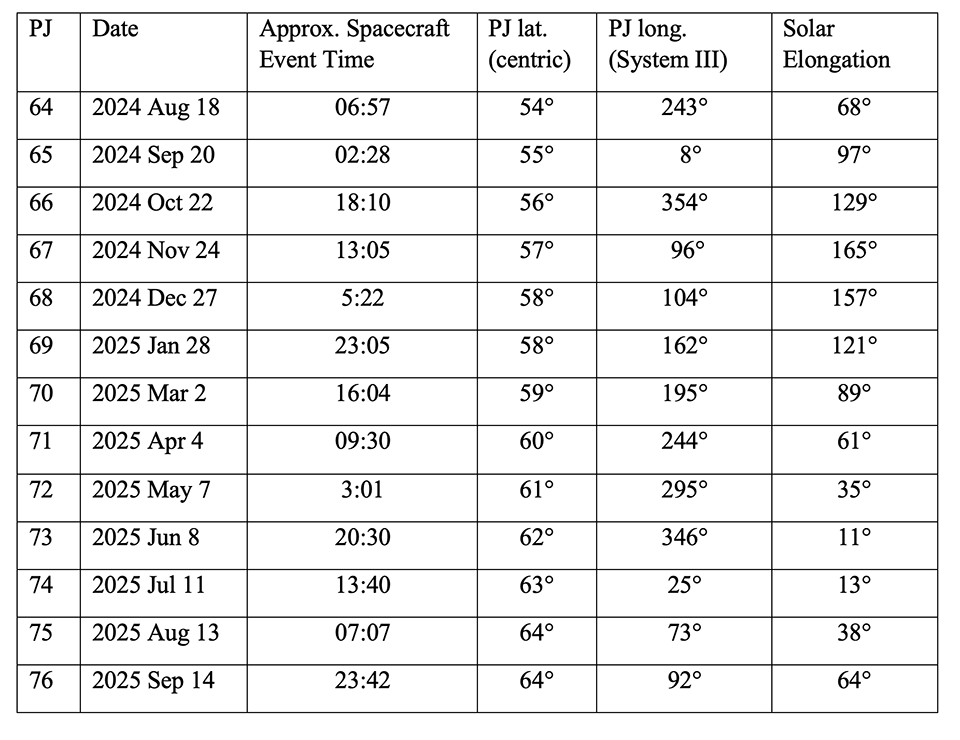
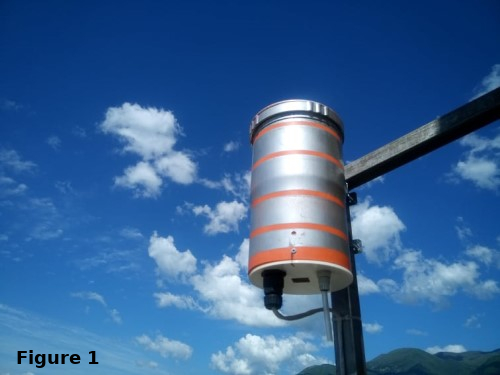
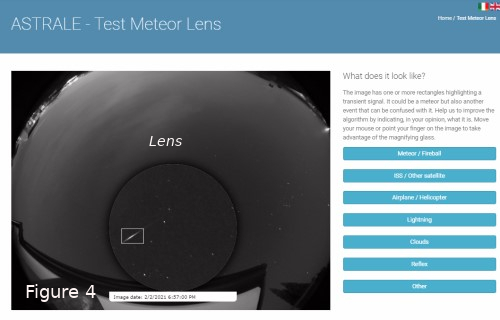
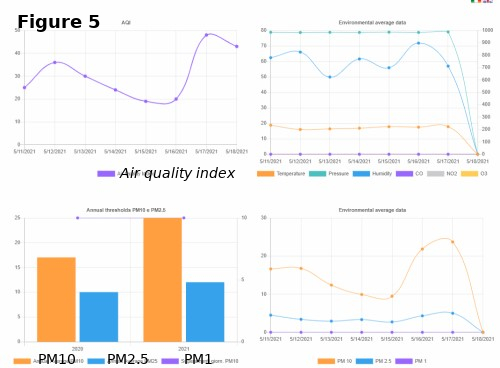
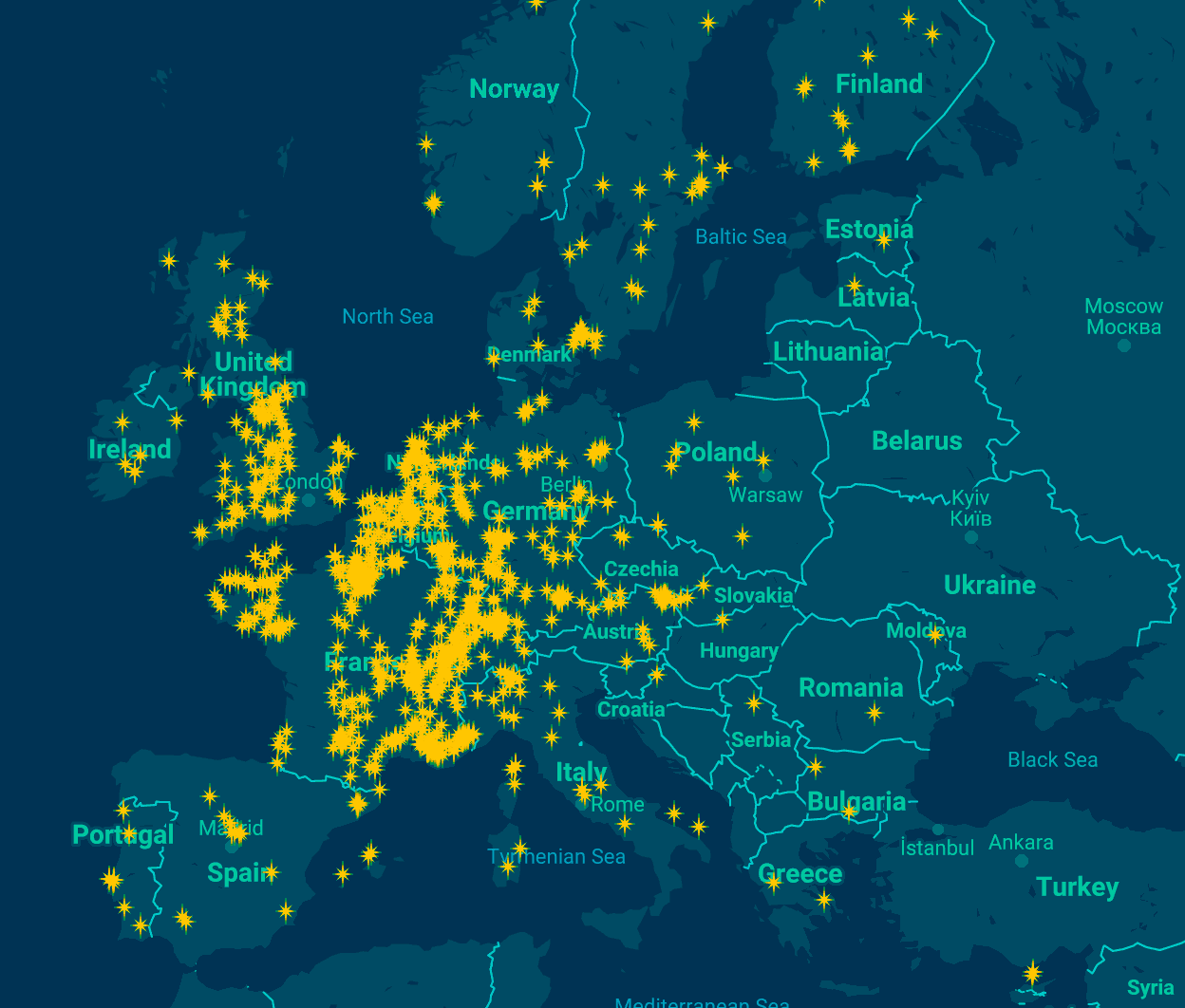
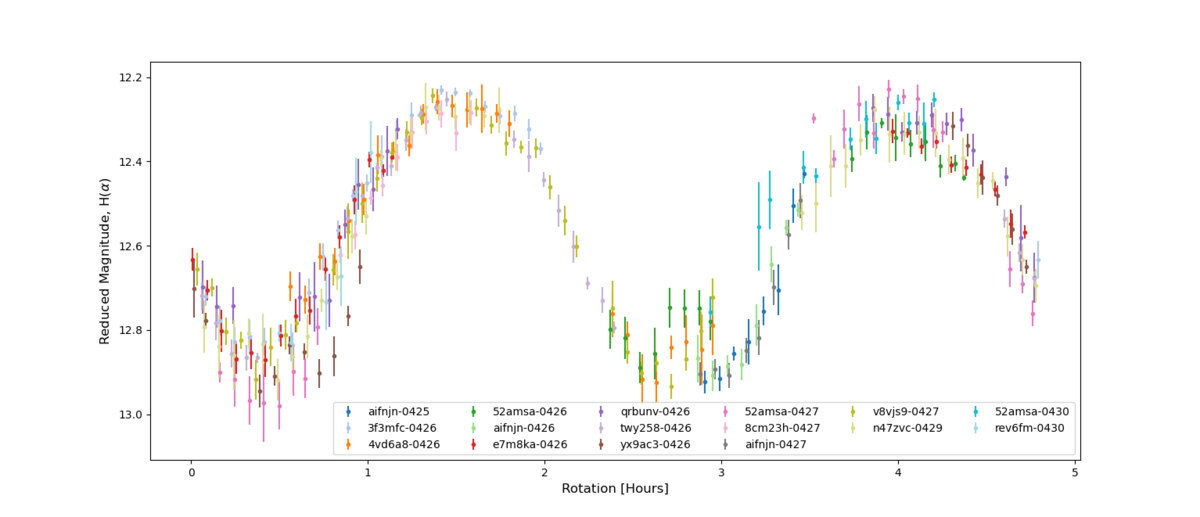
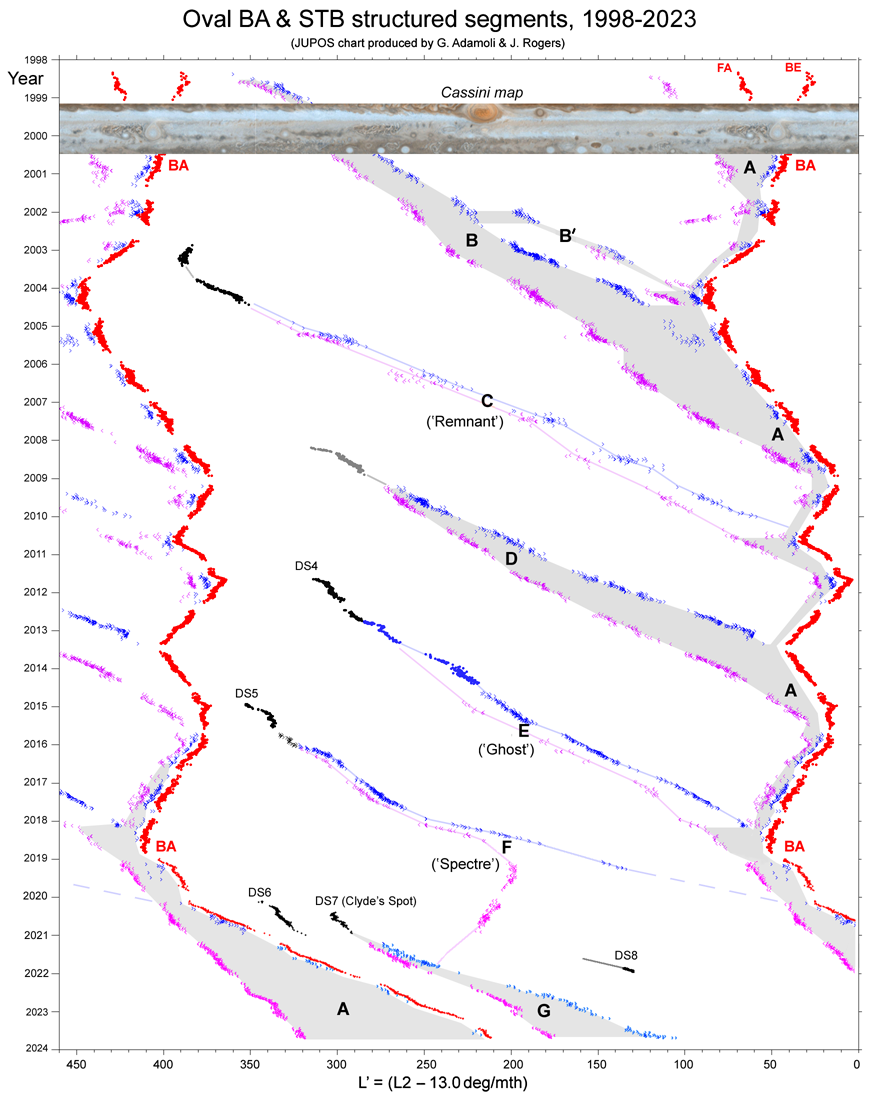

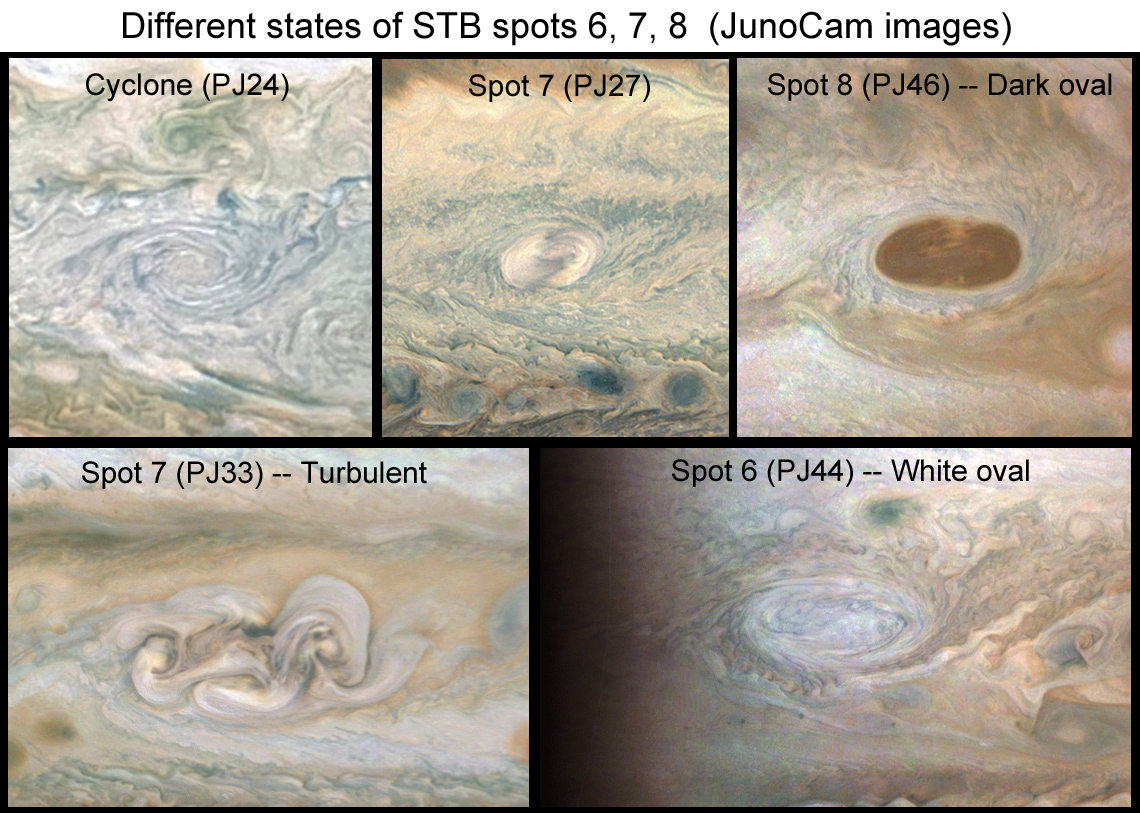
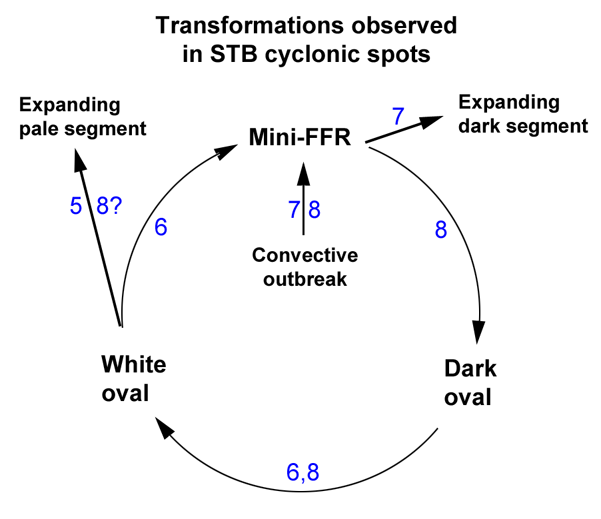
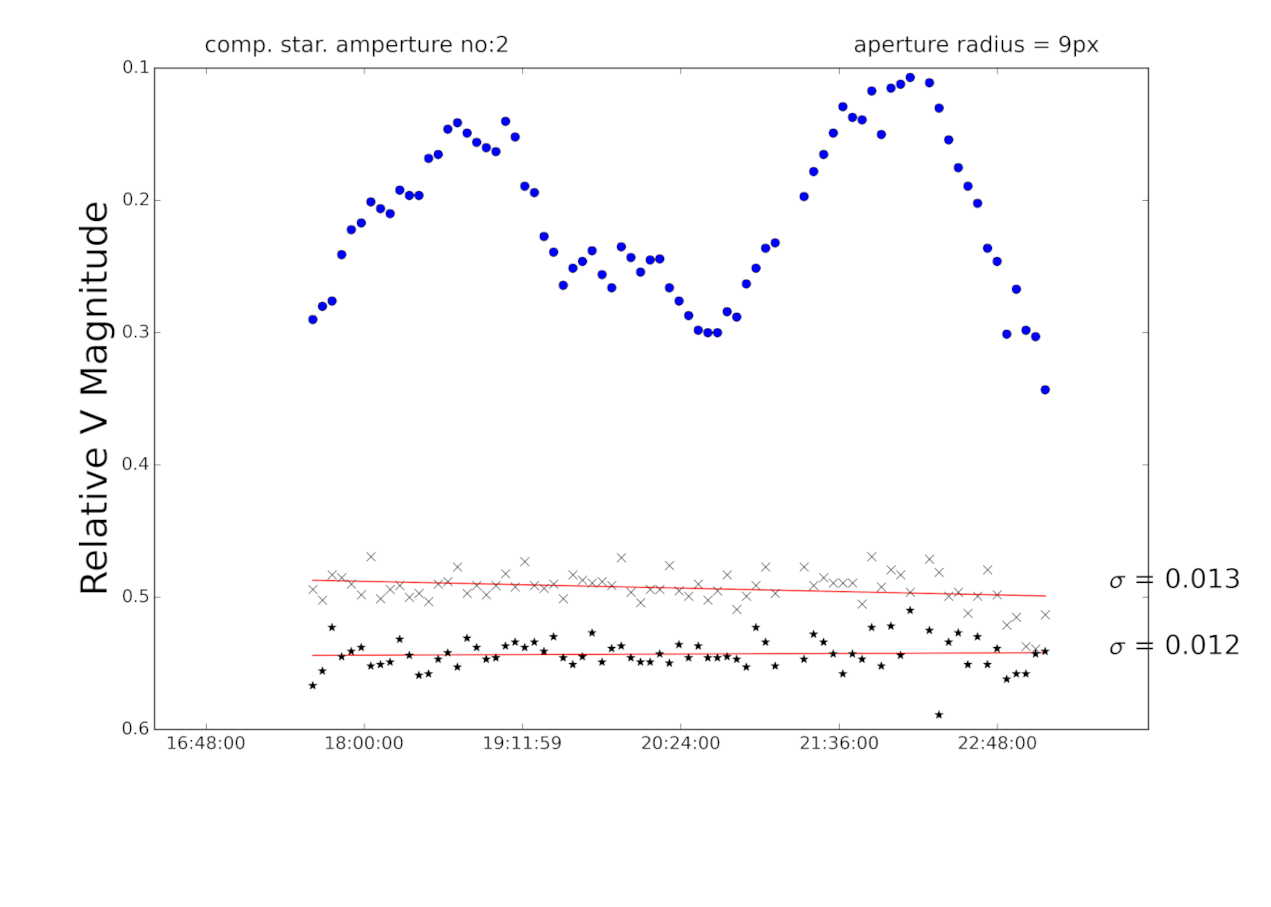 Fig1. An example of the lightcurve obtained by GaiaGOSA Observer.
Fig1. An example of the lightcurve obtained by GaiaGOSA Observer.